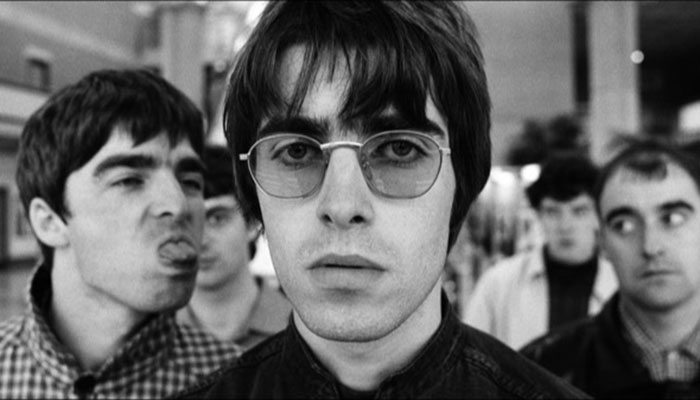Human population has grown exponentially over the past century. It has done so largely by producing large amounts of food, and learning how to control disease.

Ten thousand years ago, when humans first invented agriculture, there were maybe one million humans on the planet. By about the 1300s, when the Black Death appeared, there were about 400 million. We didn’t reach a billion until the year 1800; in the late 1920s we passed the two billion mark and by 1960 we passed three billion. In 2018 there are 7.6 billion people (the world population clock gives a running total). So you have to ask, how did this happen?
Normally in biology, when an organism reaches really high densities, like humans are at the moment, either disease takes hold or resources run out and the organism is wiped out. The reason why humans have increased in population so rapidly and so successfully is because we’ve sidestepped the two problems of food shortage and being knocked over by disease.
That started in the industrial revolution, when there were about a billion of us, and we tapped into using fossil fuels to do large-scale agriculture.
Once you’re using fuels, you can transport food, plough and harvest very large areas and manufacture pesticides. So that removes the first limitation of population – you can make essentially as much food as you want. Secondly, vast improvements in hygiene through having clean supplies of water and reticulated sewage systems to remove waste decreased the incidence of disease.
As a result, life expectancy has increased hugely, which contributes to population size: If we all only lived to 30, there’d be half the population on the planet.
Another contributor to our rapid population growth are advances in medicine which, along with the improvement in hygiene, means that mothers and children have a much greater chance of surviving childbirth, and most infants survive through childhood.
And then there are two great inventions that have lowered the incidence of disease, in particular infectious disease: antibiotics and vaccination. Vaccination, for instance, has made smallpox, which used to kill millions of people, extinct. And whereas people once died from simple bacterial infections - you get scratched by a rose thorn while you’re gardening, and you’re dead in a week – with antibiotics we can now control those infections.
The highest growth rate happened between 1955 and 1975. It’s known as The Great Acceleration and it corresponds to the greatest increase in welfare for the most people. Since that time, rates of reproduction, particularly in developed countries, have been dropping, so the rate of growth is starting to slow as people have less children. But we’re still going to be somewhere between 8 and 11 billion by the year 2050.



